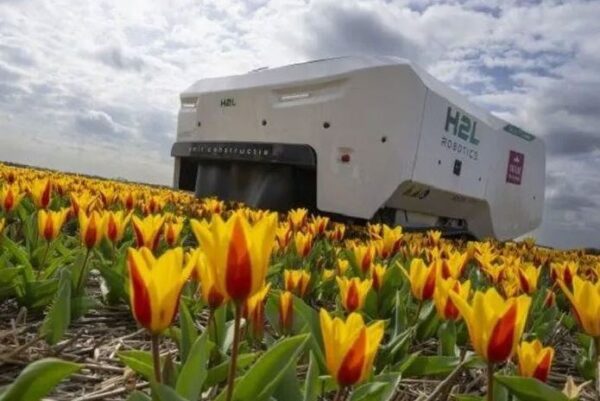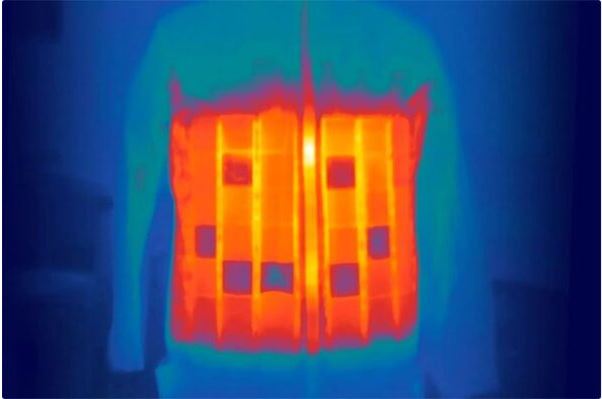Visiting fields to look for sick flowers is extremely hard work for farmers. But Theo worked every day of the week and even at night without ever “complaining”.
On a windy spring morning, the robot moves along rows of yellow and red flowers, inspecting each plant and treating diseased cases to prevent the virus from spreading. Viruses slow down the growth and development of plants, leading to small and weak flowers. They also weaken the bulbs so they cannot bloom.
To prevent the epidemic, 45 robots are deployed across the Netherlands as the weather warms and flower farmers approach peak season. One of the farmers using this technological weapon is Allan Visser.
“With the money to buy a robot (185,000 euros), you can buy a very nice sports car, but I chose the robot because the car cannot help me remove diseased tulips. The equipment is indeed quite expensive, but the number of people who can see diseases on flowers is decreasing,” Mr. Nisser shared.
Much slower than a sports car, Theo moves at 1km/h looking for red stripes that form on leaves in case of infection. “This is precision agriculture,” Mr. Nisser explains. The robot has a camera on the front that takes thousands of photos and then identifies diseased tulips using an AI model. The device learns to recognize and then proceeds to process.
Physicist Erik de Jong working for H2L Robotics (a robot manufacturing company) said that the AI in charge of identifying diseased tulips also has GPS coordinates to help accurately locate which flowers need to be treated. He added: “The knowledge we put into the AI model plays the role of the “heart” of the robot. Knowledge comes from tulip farmers.”












